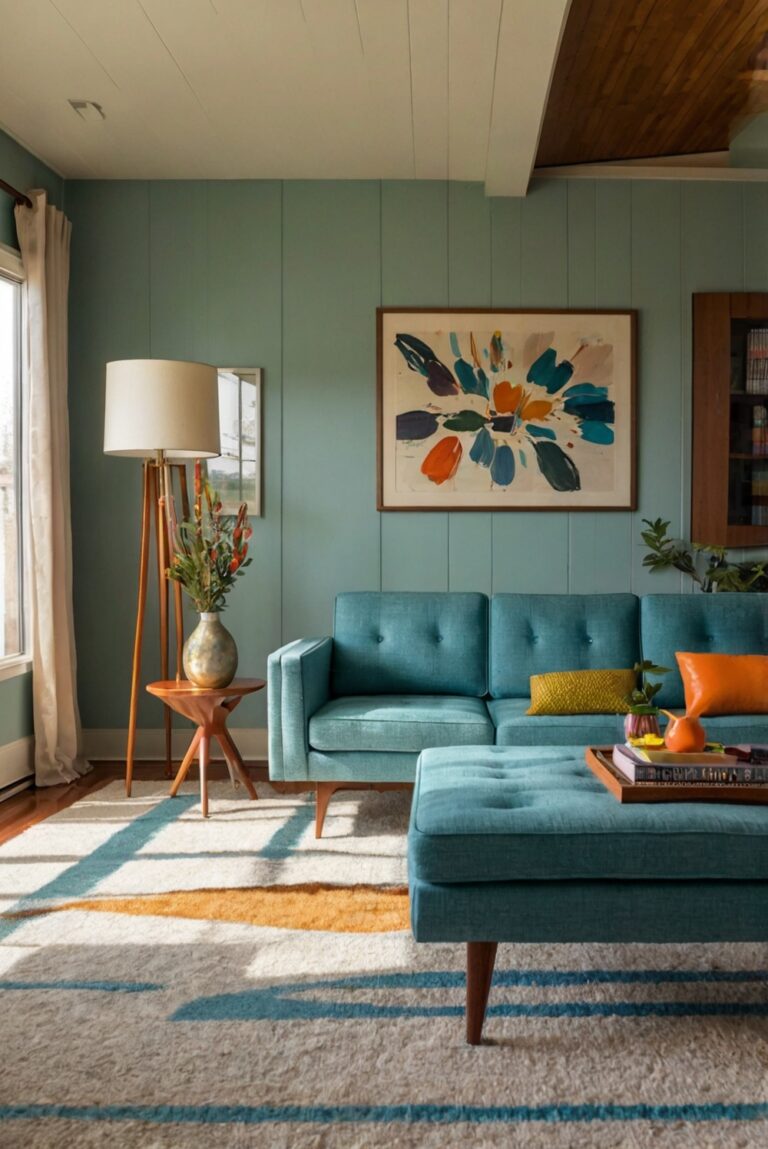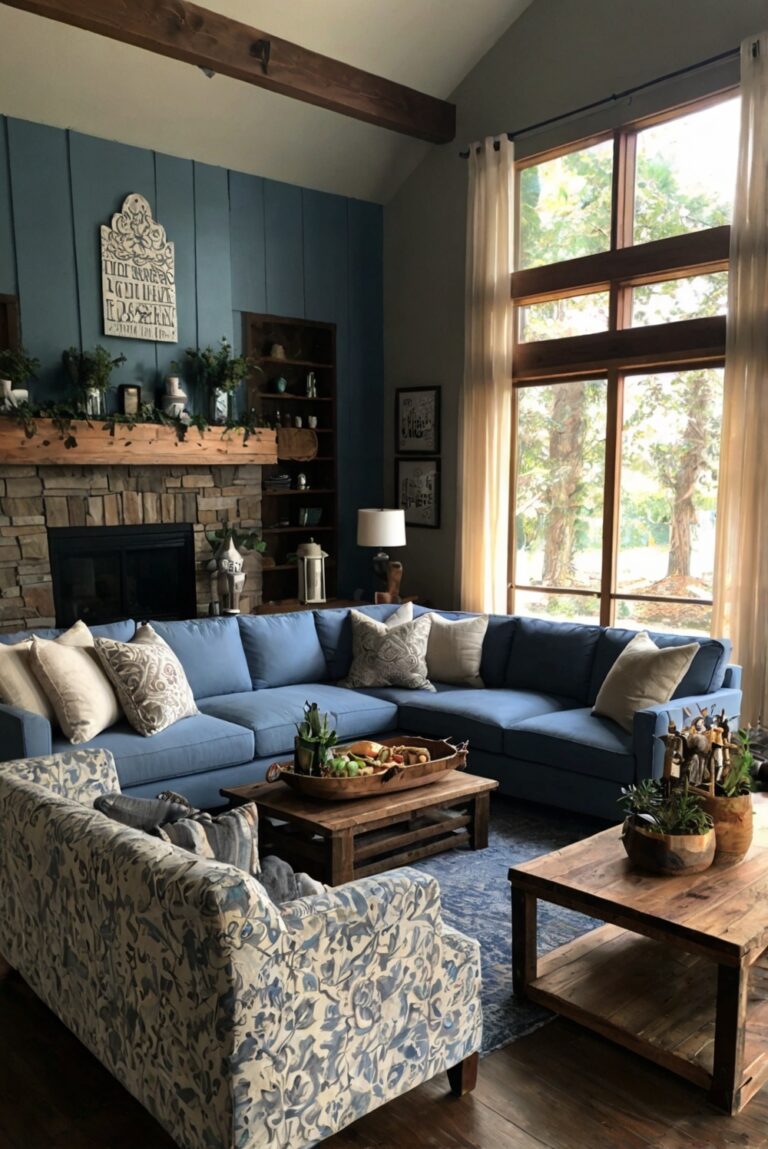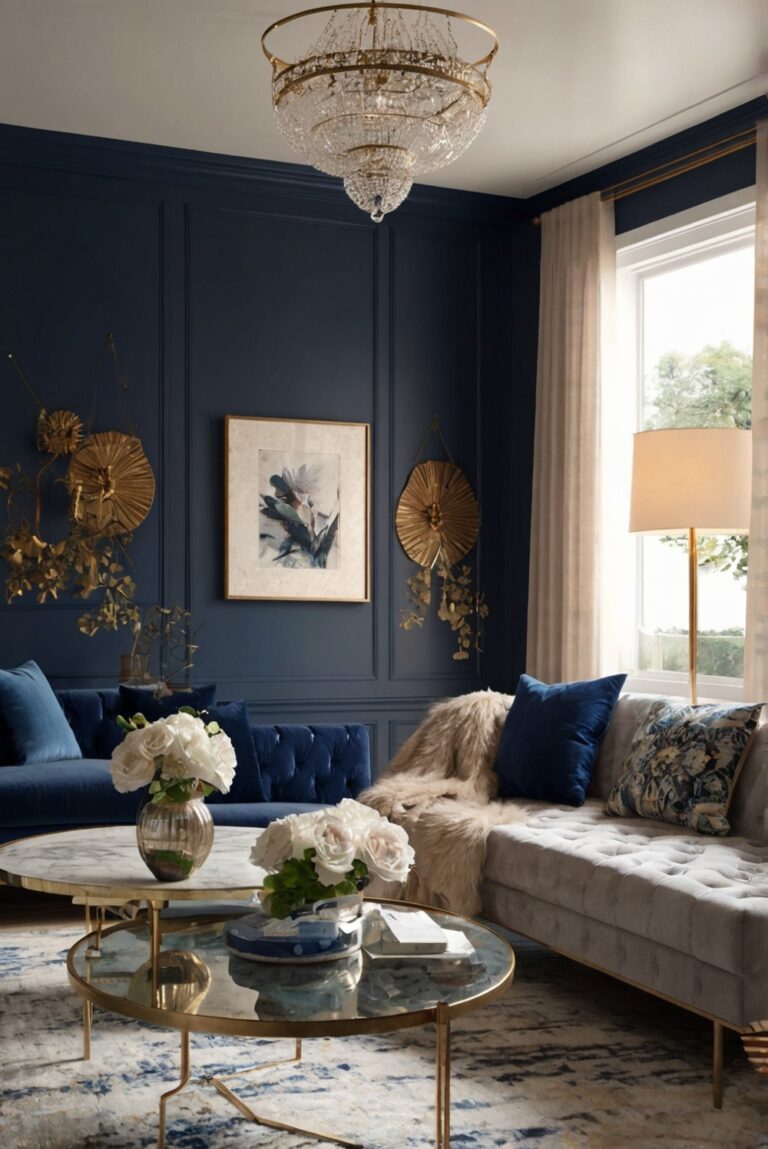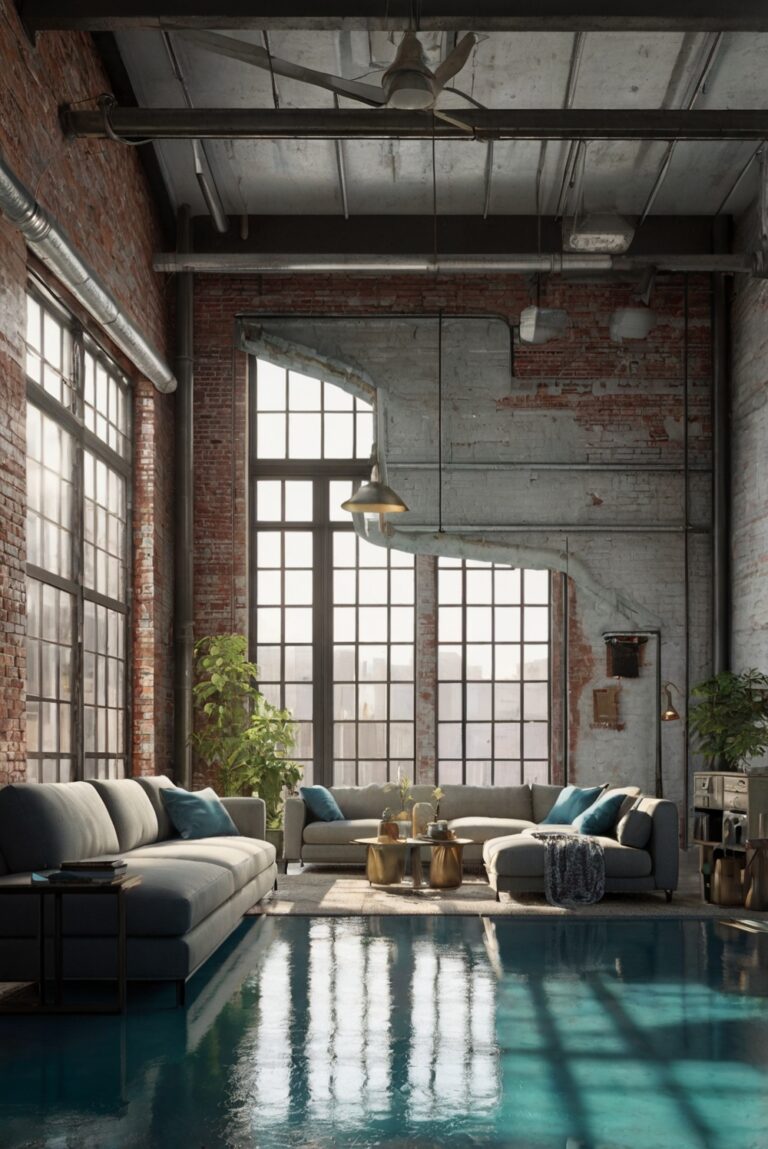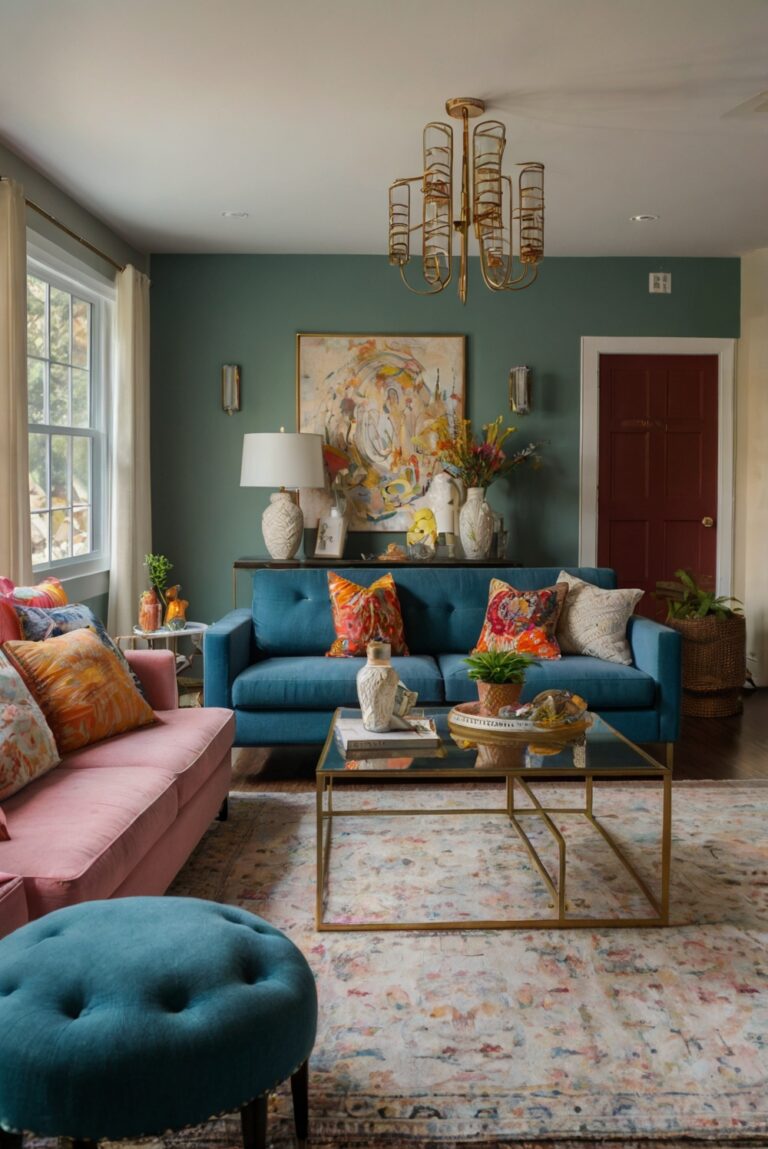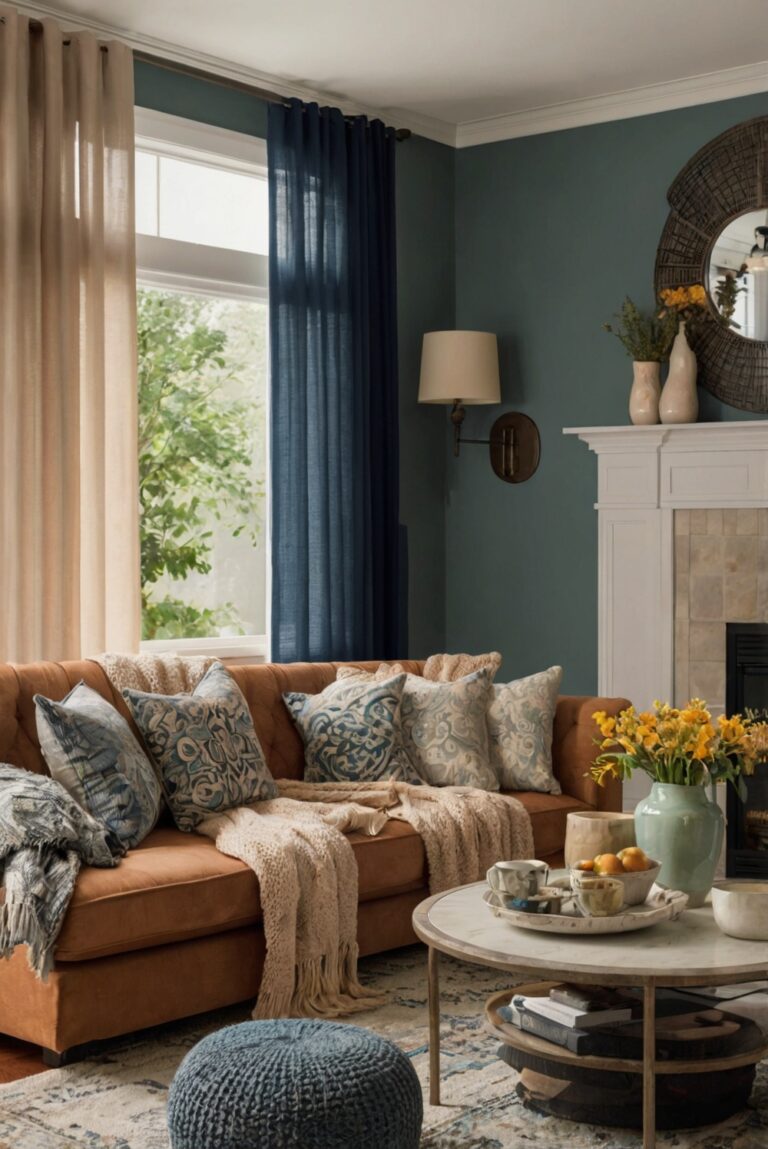Discover insider tips on creating a cohesive color scheme for your living room furniture. Elevate your interior design routine with expert techniques.
To create a cohesive color scheme with living room furniture, start by choosing a main color palette for the room. Consider the color of your walls, floors, and existing furniture pieces. Use the 60-30-10 rule to balance the colors – 60% of a dominant color, 30% of a secondary color, and 10% of an accent color. Incorporate different textures and patterns to add depth and interest to the space. Stick to a maximum of 5 colors to avoid overwhelming the room. Consider the natural light in the room when selecting colors as it can affect how they appear. Experiment with different color swatches before painting the walls or buying new furniture to ensure a harmonious look.
Choosing the Right Color Scheme:
When it comes to creating a cohesive color scheme with living room furniture, the first step is to **choose the right color scheme**. Consider the mood you want to evoke in the room. Warm colors like red, orange, and yellow can create a cozy and inviting atmosphere, while cool colors like blue, green, and purple can make the space feel calm and serene. Neutrals such as white, beige, and gray are versatile and can easily be paired with other colors.
Coordinate with Existing Elements:
To ensure your color scheme works well with your living room furniture, **coordinate with existing elements** in the room. Take into account the color of the walls, flooring, and any other existing furniture pieces. Look for colors that complement or contrast with these elements to create a harmonious overall look.
Consider the Size of the Room:
When selecting colors for your living room furniture, it’s important to **consider the size of the room**. Lighter colors can make a small room feel more spacious, while darker colors can add depth and coziness to a larger space. If your living room is on the smaller side, opt for lighter furniture colors to open up the room.
Use Accent Colors:
In addition to your main furniture colors, don’t forget to **use accent colors** to tie the room together. This could be through throw pillows, rugs, curtains, or artwork. Accent colors can add visual interest and personality to your living room while helping to unify the color scheme.
Experiment with Textures:
To create a visually appealing color scheme with your living room furniture, **experiment with textures**. Mixing different textures can add depth and dimension to the room. For example, pair a smooth leather sofa with a plush velvet armchair for a sophisticated and inviting look.
In conclusion, creating a cohesive color scheme with living room furniture involves choosing the right colors that complement the mood you want to create, coordinating with existing elements in the room, considering the size of the space, using accent colors to tie everything together, and experimenting with textures for added visual interest. By following these tips and being mindful of how different colors and textures work together, you can achieve a harmonious and inviting living room that reflects your personal style.
1. What are the key steps to creating a cohesive color scheme with living room furniture?
To create a cohesive color scheme with living room furniture, start by selecting a dominant color for the room. This color will set the tone for the space and should be incorporated into the larger furniture pieces like the sofa or armchairs. Next, choose a secondary color that complements the dominant color and can be used for accent pieces like throw pillows or curtains. Finally, add pops of color with accessories like rugs, artwork, or decor items to tie the room together.
2. How can the color wheel be used to create a cohesive color scheme in the living room?
The color wheel can be a helpful tool when creating a cohesive color scheme in the living room. Analogous colors, which are next to each other on the color wheel, can create a harmonious and cohesive look. Complementary colors, which are opposite each other on the color wheel, can add contrast and visual interest to the space. By using the color wheel as a guide, you can easily mix and match colors to create a cohesive and balanced color scheme in your living room.
3. What are some tips for mixing different colors in living room furniture to create a cohesive look?
When mixing different colors in living room furniture, it’s important to consider the undertones of each color. Stick to a consistent color palette to ensure a cohesive look – for example, if you choose warm tones like reds and oranges, make sure all the furniture pieces work within that palette. Use neutral colors like white, gray, or beige as a base to tie different colors together. Balance bold colors with more subtle tones to create a harmonious and visually pleasing space.
4. How can texture and patterns be incorporated into a cohesive color scheme with living room furniture?
Texture and patterns can add depth and visual interest to a cohesive color scheme in the living room. Mix different textures like velvet, leather, or woven fabrics to create contrast and dimension in the space. Incorporate patterns like stripes, florals, or geometric prints in accent pieces like throw pillows or rugs to add personality and style to the room. When using texture and patterns, make sure to stick to the color palette you’ve chosen to maintain a cohesive look throughout the space.
5. What are some common mistakes to avoid when creating a cohesive color scheme with living room furniture?
One common mistake to avoid when creating a cohesive color scheme with living room furniture is choosing too many colors that clash or compete with each other. Stick to a maximum of three main colors in your palette to keep the space visually balanced. Another mistake is neglecting the importance of lighting – different light sources can affect how colors appear in the room, so consider natural light, artificial lighting, and the placement of furniture when selecting colors. Lastly, don’t forget to test paint swatches or fabric samples in the room to see how they look in different lighting conditions before making a final decision.


